1929 Part 2 - KPRC moves to Sugar Land and Greater KTUE moves on up...
As mentioned there were lots of other changes in Houston radio in 1929. KPRC increased it’s power twice during the year, to 1000 watts in January and in November to 2500 watts daytime and 1000 watts nighttime from its new plant at Sugar Land. KFUL, Galveston had also increased its power twice that year, to a maximum of 1000 watts daytime, 500 nights. In November, KGHX, Richmond was sold to the Houston Broadcasting Co., and in December the call letters KTIP, which had been KGHX, were changed to KTLC and the station was re-licensed to Houston. Just when the call letters had changed to KTIP, though, was not noted in the Commerce Department records I have seen.
KPRC moved to it’s new transmitter plant at Sugar Land on November 15. Commerce Department records indicate it was licensed to Sugar Land with studios in Houston; the studios remained on the 22nd floor of the Post-Dispatch skyscraper on Texas at Fannin downtown, with picture windows overlooking downtown. The paper printed a special section devoted to the new facilty which included many pictures including the transmitter, battery room, and a well-appointed lobby. Radio stations were very proud of their facilites and visitors were welcome to stop by for a tour. The special section, unfortunately, was very dark on microfilm and I was not able to get any usable scans other than the picture of the plant itself. KPRC was called the ‘Beacon of Houston.’ Post-Dispatch Radio Editor Milton G. Hall wrote much of the copy, including some sidelights on KPRC history. The new facility was located ‘7/8ths of a mile from Sugar Land Industries,’, i.e. the Imperial Sugar plant (Sugar Land Industries was the holding company), and was visible to trains passing by on the Southern Pacific and Santa Fe lines passing through town. Hall wrote that the KPRC call letters were known coast-to-coast and one of the reasons for the selected site was so that passengers on trans-continental trains might catch a glimpse of a station they had listened to back home. An electric clock controlled the lighting on the sign to insure it was always turned on at dusk so passengers on night trains also would be able to look out the window and see it.
Post-Dispatch Radio Editor Milton G. Hall wrote much of the copy, including some sidelights on KPRC history. The new facility was located ‘7/8ths of a mile from Sugar Land Industries,’, i.e. the Imperial Sugar plant (Sugar Land Industries was the holding company), and was visible to trains passing by on the Southern Pacific and Santa Fe lines passing through town. Hall wrote that the KPRC call letters were known coast-to-coast and one of the reasons for the selected site was so that passengers on trans-continental trains might catch a glimpse of a station they had listened to back home. An electric clock controlled the lighting on the sign to insure it was always turned on at dusk so passengers on night trains also would be able to look out the window and see it.
A recent post on a discussion on HAIF indicated the transmitter was located near the present day intersection of Eldridge Road and US 90-A and just north of the railroad tracks. This would be to the east of Imperial Sugar. The concrete bases of the two towers were still in place until a few years go, when they were removed for a new structure.
Hall also noted in his story several KPRC performers’ names were known coast-to-coast; there will be more about them in a section of this blog devoted to performers and broadcasters.
In just a few months, Hall would be named the first program director of KTRH and serve for 2 years. In 1932 Hall was involved with Will Horwitz and his ill-fated involvement in XED in Reynosa, Mexico, and in April, 1946, the Post took note of his death in Austin.
The paper regularly carried only listings of programming on its own station, KPRC, but on this special occasion published a listing of all radio stations in the US taken from a wire service. For the Houston-Galveston area the stations listed, besides KPRC, were KGHX, Richmond, at 1500 kc (199.9 meters), KTUE, Houston, at 1420 kc (211.1 meters), KFLX, Galveston, at 1370 (218.8 meters) and KFUL, Galveston, at 1290 kc (232.1 meters).
On December 3, 1929, an ad in the Chronicle announced that KTUE was opening new studios in the Texas State Hotel soon and some advertising and sponsored programs were being accepted and advertisers were invited to contact the station for information. Another ad on Sunday gave the launch date of the new, ‘greater’ KTUE as Monday, December 16. The Chronicle was also running big ads bragging about its coverage of radio.
A full page ad in the Chronicle on the 15th called KTUE a ‘new Broadcasting Station’ and said that it would begin regular broadcasts on Monday the 23rd. A story on p. 2 of the Chronicle said that the station had been entirely revamped and remodeled, the power upgraded from 5 watts to 100, and new studios installed in the basement of the Texas State Hotel at 720 Fannin. Test broadcasts were to be conducted beginning on the 16th. The hotel been designed by well-known Houston architect Joseph Finger and had just been completed in September. The building has recently been refurbished and is now a Guest Quarters Hotel.
In addition to the ad and story there was a 20 page special section on KTUE in the Chronicle that day. The cover of this special section has been posted on this blog at the bottom of the main body of the blog. Offices and studios had been installed in the basement of the hotel, owner William John Uhalt advised, because that been tried elsewhere and been found a superior way to insulate the microphone from traffic noise and other noises that were transmitted over the air. Jerry G. Belcher of the Chronicle had been engaged as Program Director, to be assisted by Yancey A. MacGowen, who had been in sales at the station for 2 years. Belcher would later become famous for a program he hosted on KTRH which went national. KTUE’s programming was to include a regular orchestral request hour from 9am to 10am; listeners were invited to write the station with their requests but they would also be able to call the station while the program was on the air. Another regular feature would be a 90 minute concert from noon to 1:30pm every day featuring music provided either by the Texas State Hotel Trio or the Rice Hotel Cafeteria Orchestra. Three other orchestras had also been lined up for regular programming, Paul Hainge and the Rice Hotel Orchestra, Louis Connor and the Lamar Hotel Orchestra, and Julien Paul Blitz and the Texas State Hotel Orchestra. Mrs. John Wesley Graham, who had appeared on the first Houston Post concert on WEV in 1922 and was a staple of the Houston airwaves into the 1940s would also be a regular performer. She operated the largest music academy in the city and would soon offer piano lessons over the air on KTUE.
The inaugural program was to feature a musical pageant of Houston history, including primitive tom-toms and pipes, airs that ‘would be familiar to the ears of Robert Cavalier Sieur de la Salle,’ Spanish and Mexican melodys, songs from the Civil War era and so on; an announcer would introduce the segments with a brief historical note. If that sounds a bit over the top, KTRH was to repeat the idea and presumably try to top it a few months later. Earl Melby was to be the principal announcer on the station; he had previously worked at KGBS, KPR, KFQW, KVC and KPRC. The special newspaper section included notes about programs planned thru the end of the year.
The Chronicle soon added listings for KTUE to its radio page. Up until that time, the only Houston station listed in either the Chronicle or Post had been KPRC. The listings were headed by a long list provided by the wire services of programming on stations all across the country, followed by a list of ‘Central Clear’ stations, and then ‘Southern Clear’ stations, which was headed by KPRC and included WSB, Atlanta, WSM Nashville, WWL, New Orleans, etc. The Chronicle created a new category in its listings for ‘local,’ showing both KPRC and KTUE. There were no listings for KTLC appearing in either paper at that time.
Edited 10/19/11 to add the picture of the KPRC transmitter building at Sugar Land.



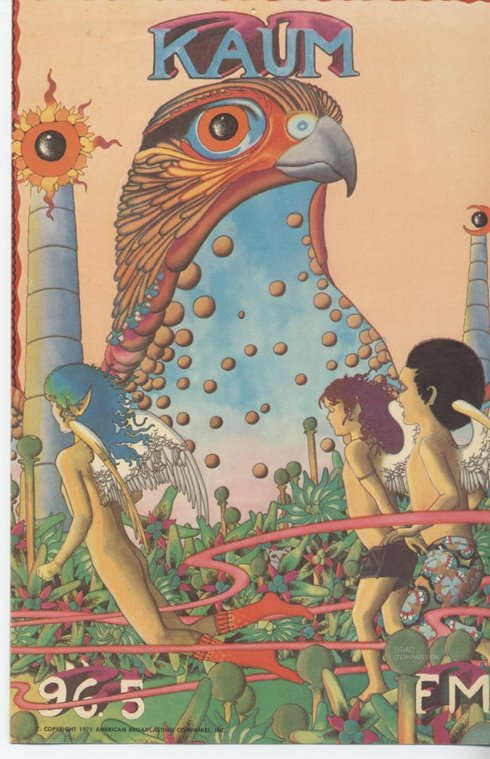
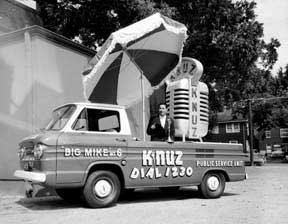


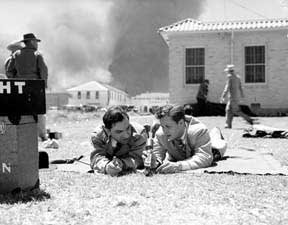
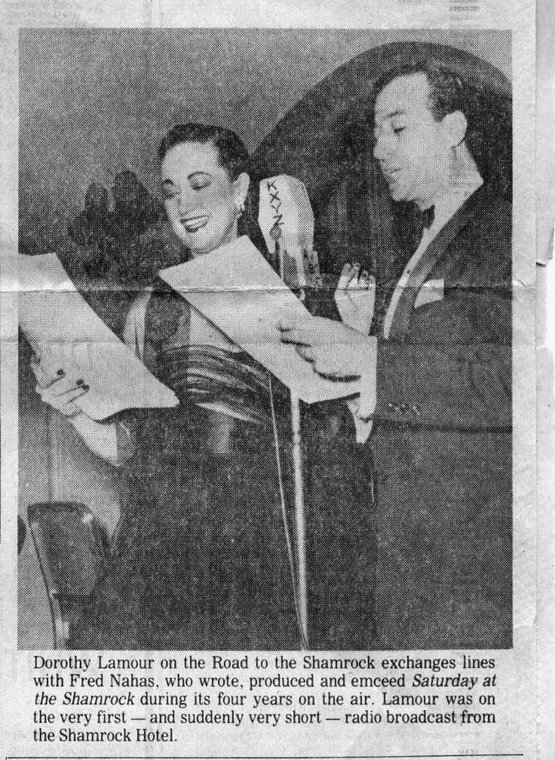
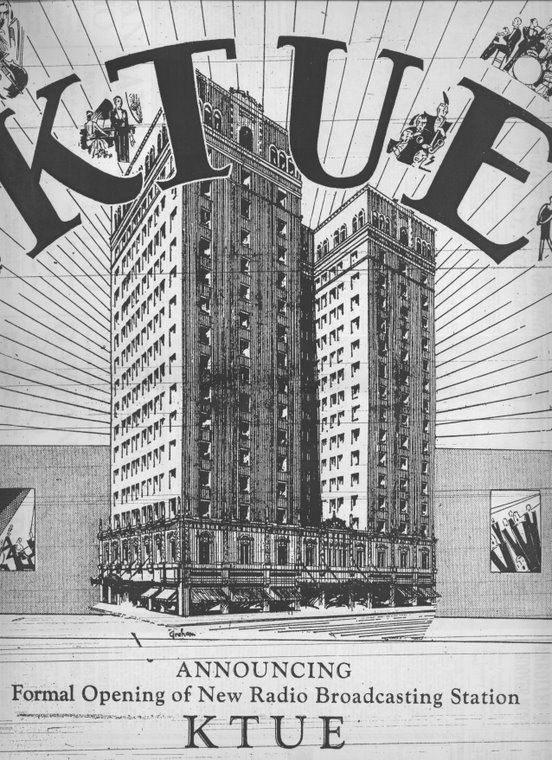
No comments:
Post a Comment